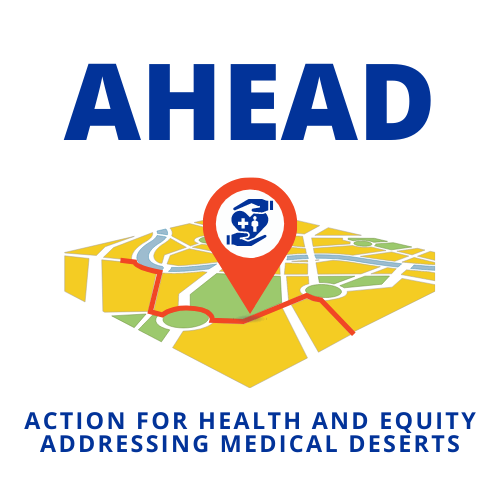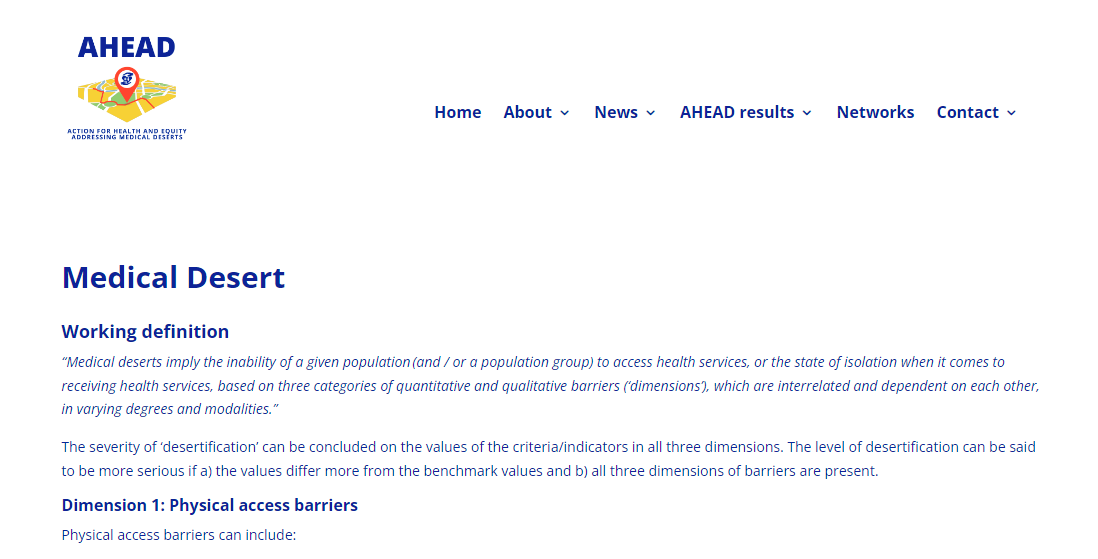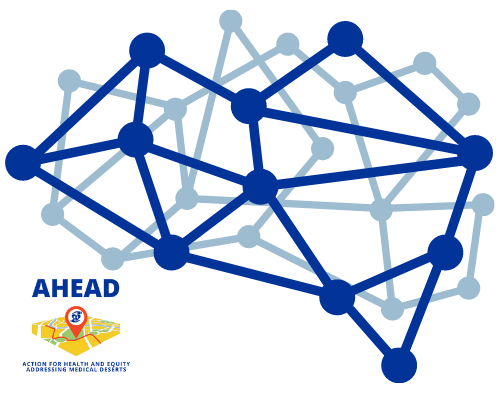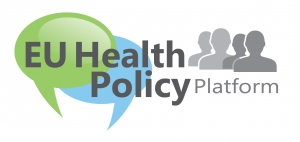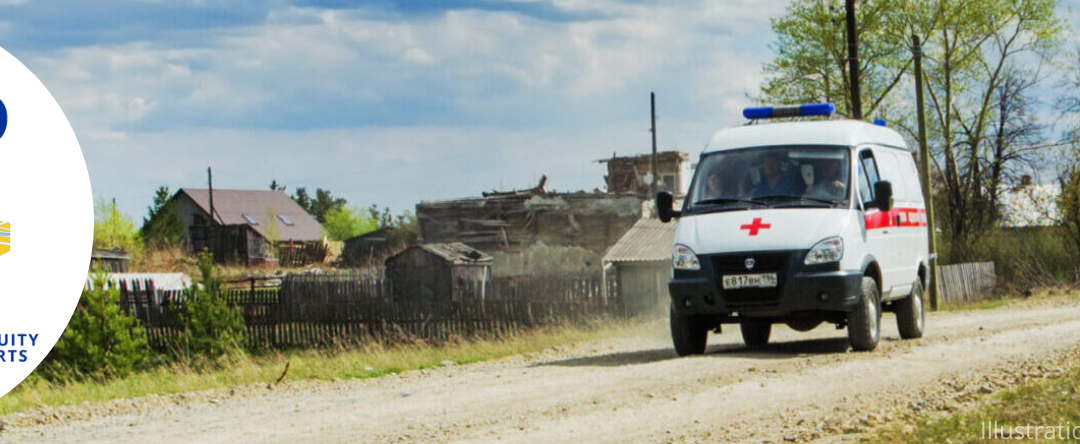
AHEAD Newsletter – February 2022
Save the date: Webinar on fighting access to health inequalities by improving health worker retention and task shifting policies on March 29
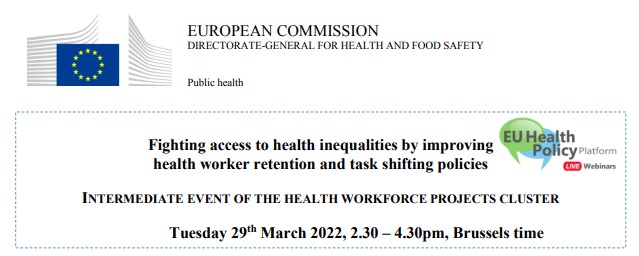
On March 29th, 2022 (2:30-4:30 PM Brussels time), the Health Workforce Projects Cluster will organise its second webinar. During the webinar ‘Fighting access to health inequalities by improving health worker retention and task shifting policies’, the five Cluster projects will share their progress so far, focusing on the findings from literature review and applying varying methodologies that the projects are implementing. Mirela Mustata and Dana Farcasanu (Centre for Health Policies and Services, Bucharest) will present findings on behalf of the AHEAD project.
Besides the speakers from each project, the Cluster also invited several external speakers. The webinar will be opened by Miklós Szócska – Director, Semmelweis University, Health Services Management Training Centre and Andrzej Rys – Director Health systems, medical products and innovation, DG SANTE, European Commission. The keynote speakers will be Sarada Das, from Standing Committee of European Doctors, who will present their updated workforce strategy, followed by Heather L. Rogers, (Biocruces Bizkaia Heath Research Institute) with an intervention on the mental health opinion of the Expert Panel on effective ways of investing in health.
We are also excited to hear reflections from Ber Oomen, Executive Director of ESNO (European Specialist Nurses Organisation).
Maya Matthews, Head of Unit Performance of Health Systems, DG SANTE, will conclude and close the webinar, with some reflections from DG SANTE.

The Health Workforce Projects Cluster consists of five EU co-funded projects under the umbrella of the 3rd Health Programme. The projects focus on three key topics – medical deserts, task shifting and retention policies:
- Action for Health and Equity – Addressing Medical Deserts: AHEAD
- MEnTal hEalth: fOcus on Retention of healthcare workers: METEOR
- prOmoting evidence-bASed rEformS: OASES
- Empowering EU health policies on Task SHIfting: TaSHI
- A Roadmap OUT of mEdical deserts into supportive Health WorkForce initiatives and policies: ROUTE-HWF
With this exciting agenda, we hope you will join us on the 29th of March!
Please follow this link to register for the webinar.
On March 1st, 2022, the OASES project will organise its first anniversary webinar on ‘the role of health workforce data to identify medical deserts’. Please visit OASES’ website for more information and registration.
AHEAD: in full research mode
From autumn 2021 onwards, the AHEAD partners have been busy conducting the in-country research and engaging with their stakeholders in project countries.
This stakeholder engagement is aimed at learning about the lived experiences of affected communities and health workers in medical deserts areas. This will help us validate our working definition of medical deserts that we developed earlier in 2021:
“Medical deserts imply the inability of a given population (and / or a population group) to access health services, or the state of isolation when it comes to receiving health services, based on three categories of quantitative and qualitative barriers (‘dimensions’), which are interrelated and dependent on each other, in varying degrees and modalities.”
These barriers are: (1) physical barriers, (2) social barriers and (3) policy barriers. Read more on our website.
Furthermore, we will be circulating surveys and conducting focus group discussions in spring this year. If you are working in remote areas or are interested to find out more about AHEAD’s research, please get in touch via the contact us form on the AHEAD website.
What we’re reading
Lots of new publications on medical deserts and health workforce reforms are being published every day. Have a look at the list below to see what we’re reading!
Australian Journal of Rural Health – relevant for our research on medical deserts: Australian Journal of Rural Health: Vol 29, No 5
‘A Doctor’s Tour de France, One ‘Medical Desert’ at a Time’ – New York Times article (note: from August 2021)
State of Health in the EU: companion report 2021 – Project country reports: for Netherlands, Italy, Romania
Health workforce protection and preparedness during the COVID-19 pandemic: a tool for the rapid assessment of EU health systems
CPME’s new policy on health workforce (November 2021), to be presented by Sarada Das during the March 29 webinar
AHEAD-Media Education Centre, Obilicev venac 21, 11000 Belgrade, Serbia
Copyright © 2021 AHEAD, all rights reserved
Unsubscribe
